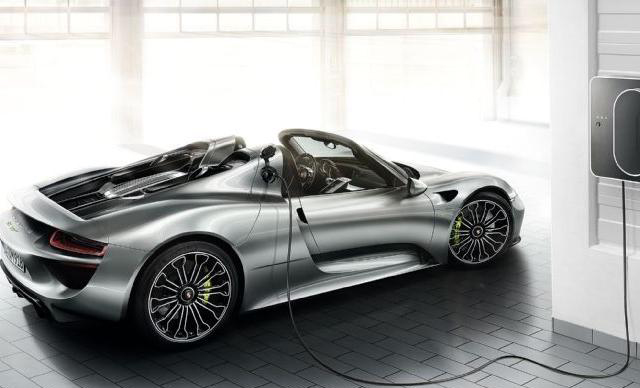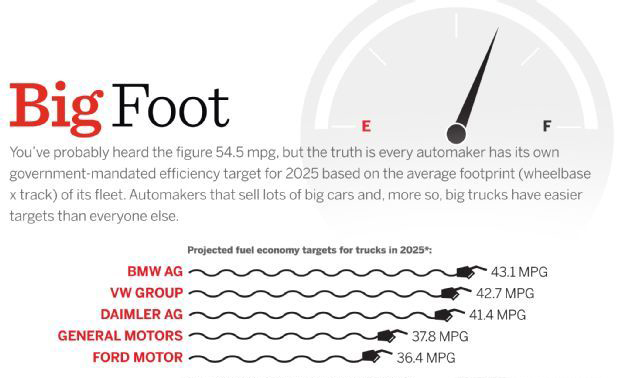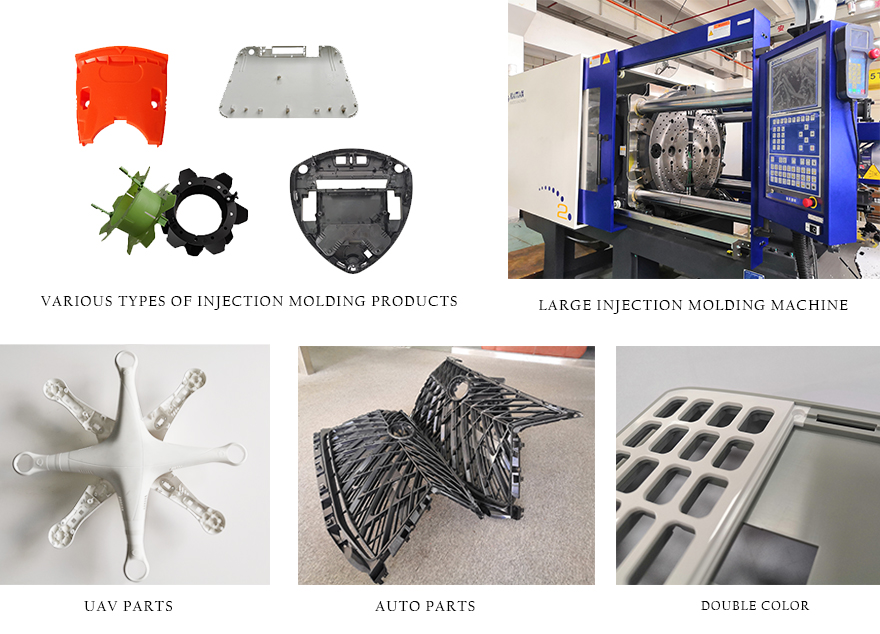Why do German car companies like to plug in mixed? It's not just battery!

Porsche 918 spyder plug-in hybrid concept car
Let us pour the time back to the summer of 2011. At that time, US President Barack Obama said in a speech that fuel vehicles sold in the United States market in the future will adopt strict fuel consumption and greenhouse gas emission standards. Although this decision has been echoed and supported by many car executives, it seems that the industry is already in the spotlight, but in fact, there are still several "represented" OEMs feel even aggrieved.
William Graven, Senior Manager of Policy and Regulatory Affairs at Germany’s Daimler Group, said in an interview with reporters that Daimler Group disagreed with President Obama’s tough terms. At the same time, the Volkswagen Group was also very dissatisfied with the U.S. government’s resolution.
However, according to Europe’s stringent standards for vehicle exhaust emissions, Daimler’s response to Volkswagen’s reaction appears to be “surprisingâ€. But on the other hand, if the U.S. government increases the fuel consumption and emission standards of motor vehicles in the future, the German cars led by Mercedes-Benz, Volkswagen, and BMW may face unprecedented challenges. Why? There are two reasons:
First of all, these German car companies mentioned above are generally profitable by selling luxury performance cars in the U.S. market, but the problem is exactly here. Since the United States calculates the weighted average fuel consumption of the vehicle manufacturer based on the sales volume of the vehicle model, the non-compliance vehicle manufacturer will impose a fine in accordance with the regulations. However, GM does not seem to have to worry about Cadillac’s fuel consumption at all, because the fine for each CTS-V sold can be offset by the tens of thousands of Chevrolet Cruze’s profits, but obviously it’s Mercedes, BMW, or the general public, seems to be unable to imitate the general profit model. Even for the public, the number of Jettas and Passats sold in the US market is negligible. On the contrary, luxury models such as Audi, Bentley and Porsche occupy 35% of the mass sales in the United States. This is why the luxury brands such as Mercedes-Benz CLA and Audi A3 are becoming more and more popular.
But then again. The reason why the compact car sales is very good, in addition to lower energy consumption, but also due to another interesting emission standards: carbon footprint (carbon footprint). As the name suggests, carbon footprint refers to the influence of a person's energy awareness and behavior on the natural world. Simply refers to the individual's or company's greenhouse gas emissions, calculated using carbon dioxide as the standard. Therefore, each car company has its own carbon footprint index, and the smaller the carbon footprint, the lower the average fuel consumption on behalf of the host plant. According to the US Environmental Protection Agency (EPA) plan, the future models with low fuel consumption are the mainstream of the market, and we must gradually reduce the support for the policy of “reducing the size of vehicles to meet the requirements of the emission standardsâ€.
As everyone thinks, German and Japanese car companies have been quite dissatisfied with the "carbon footprint" measurement standard. As shown in the figure below, the US Environmental Protection Agency's EPA stipulates that the average fuel consumption standards to be achieved by auto makers in 2015 are among BMW, Volkswagen and Daimler in the top three.
The White House announced in 2012 that the fuel efficiency indicators of each manufacturer are required to start at 35.5 mpg in 2016, and from 2017 to 2021 to the previous period, with an annual increase of 3.5% and 2022 to 2025 for the latter period, an increase of 5% per year. It will reach 54.5mpg by 2025. This proposal will have a major impact on cars, vans and trucks, and accelerate the electrification of cars and light trucks. Therefore, if the German car also sells an all-aluminum light truck such as the 2015 Ford F-150 in the US, I am afraid it will not be backed by such a high fuel consumption index.

Prior to this, German car companies have been unable to meet the US government's proposed fuel consumption targets, and thus continuously paid over billions of dollars in fines. IHS car analyst Phi Gott said in an interview with reporters. “The German mainframe factory did not care about the US government's emission standards. They sold fine cars and fined everything. It was all Ok.†However, it is clear that the Obama Administration’s newly issued "Company Average Fuel Economy CAFE Standard" and the US EPA's GHG emission standards issued on this basis require unqualified car companies to purchase "carbon credits" from other standards-compliant car companies. Undoubtedly handing out a large number of banknotes to competitors.
In contrast, Tesla took advantage of the Model S, a pure electric vehicle. However, although pure electric vehicles can help car companies easily meet emission standards, BMW, Mercedes-Benz and Volkswagen have clearly stated that they will not be promoted as an important model for sales in the United States. Therefore, if the German car companies want to gain the most benefit in the US market, it is clear that plug-in hybrid models are the best choice.
Of course, in China, which ranks among the world’s largest auto markets, the German car is still a favorite of consumers. At the same time, the Chinese government has not introduced similarly stringent fuel consumption and CO2 emission standards, plus the current new energy market in China. The heat, the state local subsidy is greater, therefore, in the case of relative lack of charging infrastructure, the German car company layout plug-in hybrid vehicle is also regarded as a wise move.
Plastic Molding is also called Injection Molding, is a molding method of injection and molding. Injection molding method has the advantage of production speed, high efficiency, can realize automation operation, breed of design and color is much like monochromatic products, two-color injection molding, can shape by Jane to numerous, injection molding is suitable for mass production with complex shape product processing fields such as, also apply to the automotive, communications, electronic equipment, such as environmental protection, high quality plastic parts production.

NOTE: All products are photographed in factories
just use as technology sample
Plastic Molding
Plastic Molding,Injection Moulding,Injection Plastic Mould Tools,Custom Plastic Injection Molding
Ruizhun Precision Metal Co., Ltd. , http://www.rzjmdiecasting.com